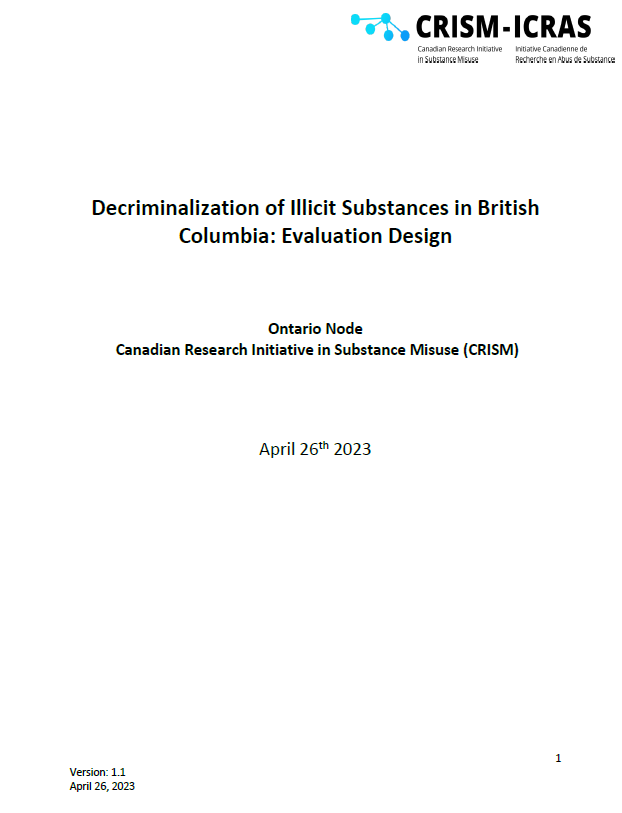Based on decriminalization’s stated objectives and related activities and inputs, we have developed a logic model (see below) to hypothesize the causal pathways and outcomes of decriminalization, which we have mapped onto select indicators for evaluation. The logic model includes specific indicators that were hypothesized to fall under one of three categories: 1) Primary: Indicators central to the design and expected outcomes of the policy; 2) Secondary: Indicators that are less directly associated with the expected outcomes of the policy but are likely to be impacted; 3) Tertiary: Indicators that are further removed from the expected outcomes of the policy but could theoretically be impacted.
Based on the logic model, several study designs were developed to assess the impacts on each of the specified areas of research in the funding call.
The evaluation will draw on CRISM research infrastructure including extant networks of academics, scientists, clinicians, peer networks, community health services, and will include multiple interrelated quantitative and qualitative studies over the course of five years (2023-2028) focusing on the six main areas of research, as broadly outlined below. For each study, formal working groups will be developed which will inform the details regarding the design, methodology, implementation and dissemination. The areas of research outlined below provide high-level description of tentative aims and plans for the evaluation.


Final Evaluation Design